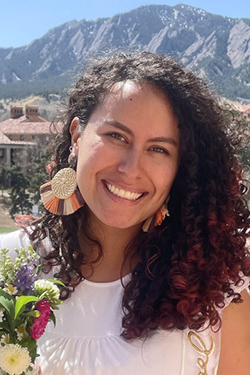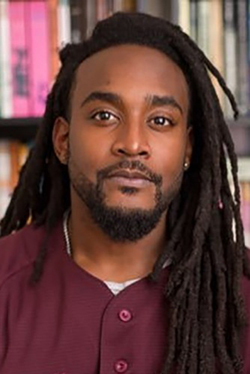For Educators
Explore K-12 curricular materials developed by IBES researchers
For Educators
Explore K-12 curricular materials developed by IBES researchers
Introducing Climate Education Resources
In today's world, it's crucial to equip students with a comprehensive understanding of vital topics such as climate science and sustainability. This commitment is reflected in IBES’s 2023-2028 Strategic Plan, which strives to cultivate a sustainable future by educating the leaders of tomorrow.
Below is the start of our expanding "climate action kit." This interactive activity will aid your goal of nurturing environmentally conscious minds. While initially designed for fifth graders, this resource is versatile and suitable for various grade levels, providing valuable guidance to educators addressing different age groups. Whether you're a seasoned educator or just starting your journey, our resources are designed to empower you in creating engaging and impactful learning experiences for your students.
Stay tuned for more resources.
-400.jpg)
Lesson Plan | Climate Histories: Archives, Seasonality, and the Tropics
Can you read climate history through tree rings and other natural archives? Can you use the same archives to read climate change everywhere?
A tree ring is an artifact of wintering and a marker of a tree’s relationship with the climate, topography, and geography. It also tells us when a tree goes to sleep. As a tree’s vascular cambium (or principal growth tissue) suspends activity during the winter, the tree becomes dormant and the suspended tissue leaves a scar in the tree trunk that tells a story of change over time. When compiled and analyzed, these scars offer powerful archives and perspectives on how climate has changed and how trees have outlasted climate change. However, tree-ring-based archives are not evenly distributed around the world. Where there is no winter, usually there are no tree rings. Tropical climate histories require new archives and new ways of thinking about the past.
Natural archives are climate stories that took place in the past and are now preserved, but with unique properties that give us clues about how human-populated land has changed. As climate change is affecting our ecosystems, natural archives like tree rings help us decipher the possibilities of how our land is going to change.
Paleoclimatologists at the Institute at Brown for Environment and Society (IBES) are changing conversations about historical climate change through their studies of natural archives in the tropics. But IBES scientists could use the help of young scientists in Rhode Island like you. Try this series of climate literacy lesson plans and join IBES in their effort to better understand and care for our environment.
 About the authors
About the authors
Lina C. Pérez-Angel
Voss Postdoctoral Research Associate in Environment and Society
Lina C. Pérez-Angel’s research in paleoclimatology has contemporary relevance. During the Pliocene, between 5 and 2.5 million years ago, Earth’s atmosphere had about 400 parts per million of carbon dioxide—pretty similar to what we have now. She uses bacterial lipids and other biomarkers on rocks to see how ancient rains, droughts, and temperatures affected the environment then and compares the results to recent data to see how these processes were different from what is happening now.
 Jayson Maurice Porter
Jayson Maurice Porter
Voss Postdoctoral Research Associate in Environment and Society
Jayson Maurice Porter's research specializes in environmental politics, science and technology studies, food systems, and racial ecologies in Mexico and the Americas. Jayson is an editorial board member of the North American Congress for Latin America (NACLA) and Plant Perspectives: An Interdisciplinary Journal, a staff blogger for Black Perspectives, and an environmental specialist for Noria Research's Mexico and Central America Program.
About the illustrator
Alissa Ujie Diamond is an assistant professor of urban and regional planning at the State University of New York at Buffalo’s School of Architecture and Planning. Her research examines the intersections of spatial histories, everyday life, and racial capitalism in the United States. She is a landscape architect and artist and, in this capacity, focuses on visualizing narratives around environmental justice and history.
Further Reading
Paleoclimate and Pollen Proxies
Discover how vegetation distributions inform our understanding of climate, how fossil pollen data enhances insights into past vegetation, and how pollen data aids in inferring paleoclimate in this lesson plan. Created by Radika Bhaskar and Stephen Porder.
Proxies for Justice: Voss Postdocs in Distillations Magazine
Lina C. Pérez-Angel and Jayson Maurice Porter have published Proxies for Justice in the Science History Institute's Distillations Magazine. The essay examines equity and justice in science and links to their lesson plans.